March 2018
DH Sea Devon C Mk.20
www.gengriz.co.uk
The Sea Devon C Mk.20 was the Royal Navy’s version of the highly successful DeHavilland Dove short haul airliner, itself seen as a direct monoplane replacement for the iconic Dragon Rapide biplane (Dominie in RN and RAF service). Powered by two DH Gipsy Queen 70 motors of 340hp each, it was capable of over 200 mph with a range of up to 880miles at a more leisurely cruise speed of 187 mph.
The Dove’s first flight was in 1945, and production ended in 1967 during which time,
over 540 Doves, Devons and sea Devons were built, including a militarised version,
known in the RAF as the Devon C Mk.1 and C Mk.2, of which over 127 were built for
air forces around the globe as VIP and light transports. With all-
The thirteen Royal Naval Sea Devons were not part of the militarised batch, but were
former civil aircraft purchased second-
I have a number of A-
Parts fit was generally good, but this is definitely a short run kit, with no locating pins for any of the major parts, including the tail planes. As such, it requires some patience and modelling experience. That said, almost everything went together with ease, the two exception being the cabin windows, which gave me quite a lot of difficulty, as they were not the correct size for the moulded gaps, and the wing to fuselage joint. The wing joint was relatively easy to resolve with a little fettling and filler, but the windows less so; although I got there in the end, they were highly frustrating and I’m not entirely happy with the end effect.
I added a few antenna and the prominent fuselage top anti-
All in all, this is a nice kit of a rare subject, that requires slightly above average skill and patience to complete, but is definitely well worth the effort.

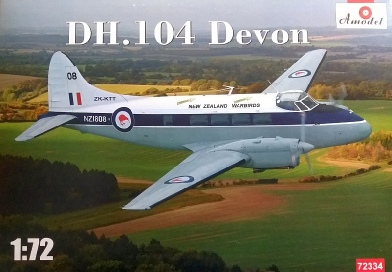
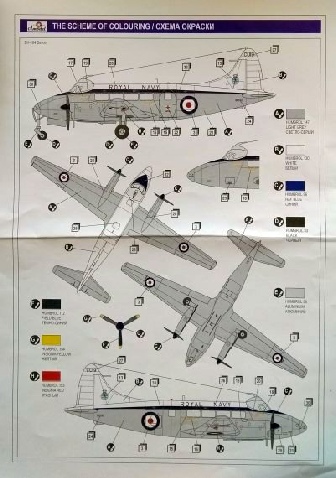
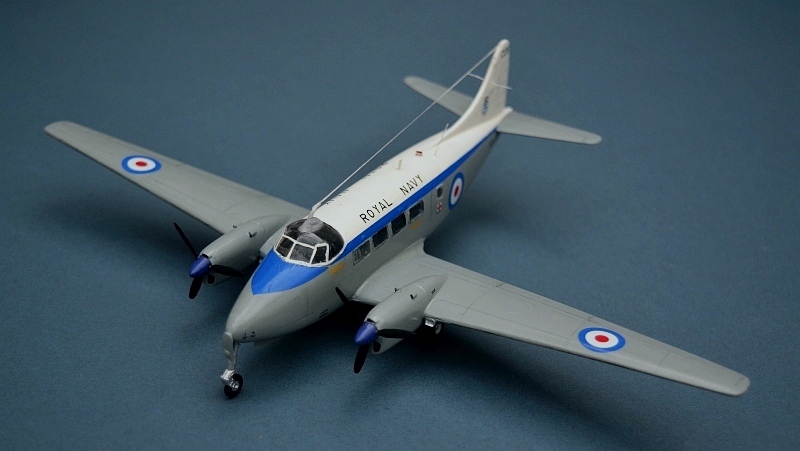
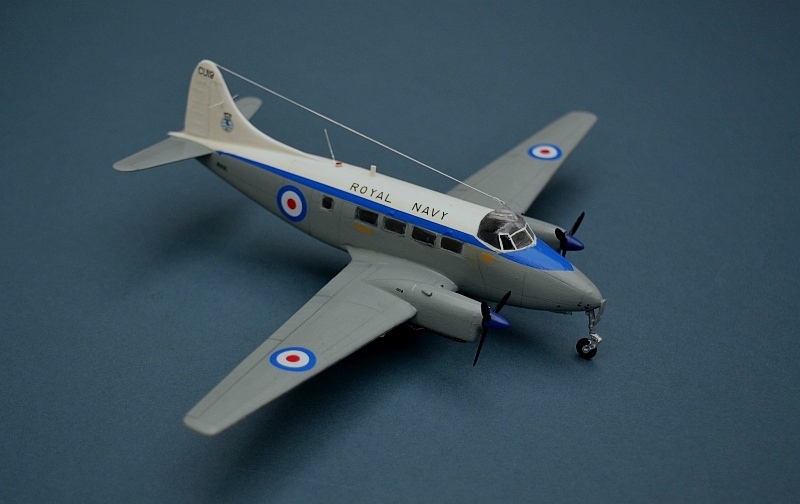
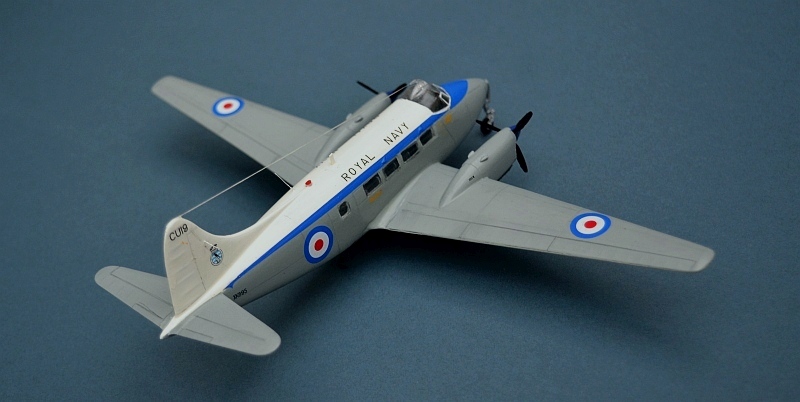
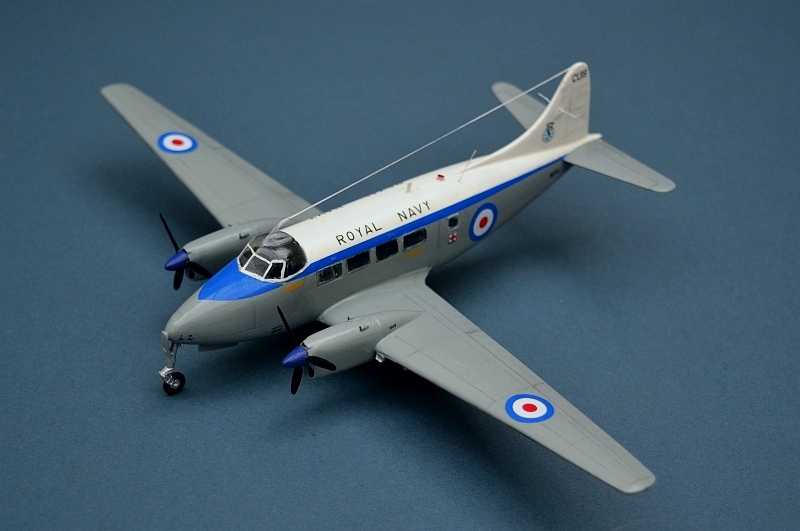


Above: the De Havilland museum’s example shows one VIP cabin layout, albeit a litlte worn and tatty!
Below left: the Scottish Museum of Flight’s example shows a more workman like layout.
Below Right the East Midlands’ Museums example which is currently undergoing restoration

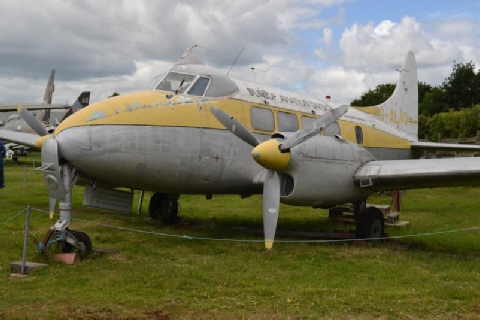
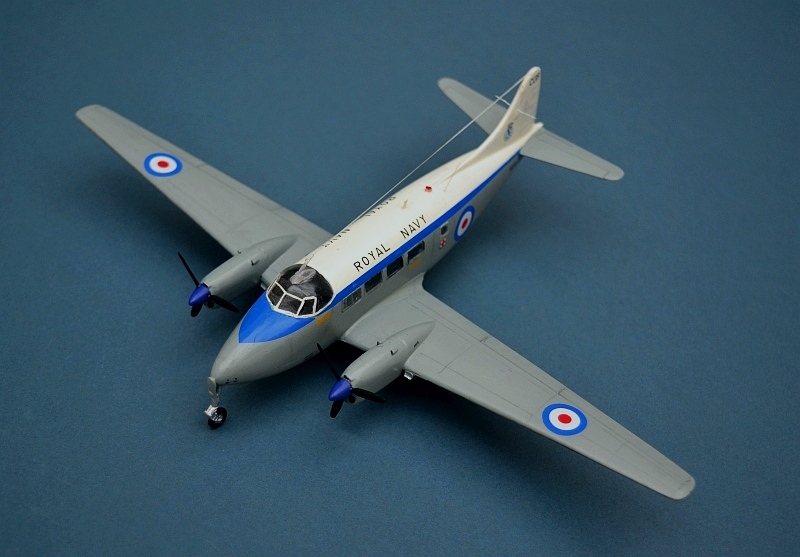
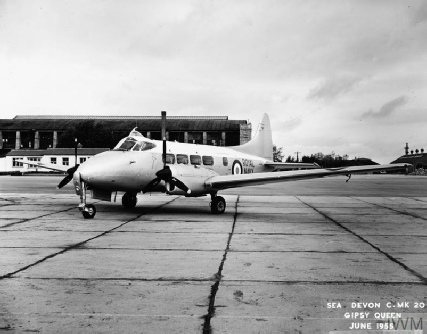
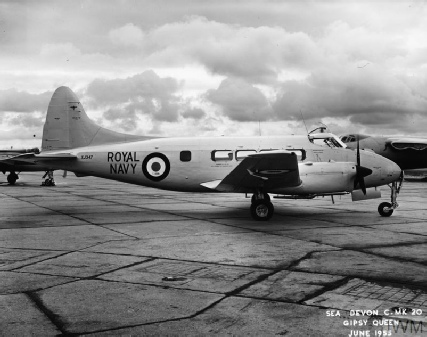
© IWM (ATP 27501B) © IWM (ATP 27501C)
Have a look at many more post war RN aircraft models on my RN Props pages